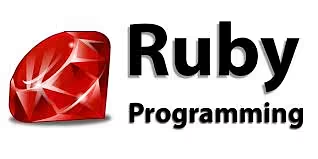Tutorials


Round Two: An Updated Universal Deserialisation Gadget for Ruby 2.x-3.x
A few months ago I noticed the gadget in my previous article had been patched and no longer worked in Ruby 3.0.3, so I spent a bit of time dusting off the old tools to see if I could find another one.One of the helper scripts I used is based on th...


Different Ways to Set Attributes in ActiveRecord (Rails 7)
Rails 7 has a rich API that allows you to update your ActiveRecord objects in several ways. Some methods have slightly different behavior which can sometimes result in unexpected consequences, so it’s important to understand their differences.



Postgres transaction pitfalls for rails developers
Rails abstract away of a lot of database stuff away using Active record which is very convenient. But the convince can bite back if we are not careful enough.Here I am going to list some common mistakes rails developers make and how to avoid them....





